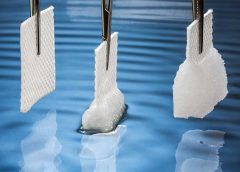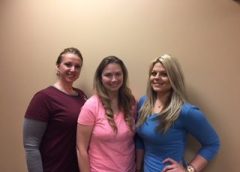Washington, D.C. — In a presentation to the American Chemical Society meeting, Ankit Agarwal, a postdoctoral researcher at the University of Wisconsin-Madison, described an experimental approach to wound healing that could take advantage of silver’s anti-bacterial properties, while sidestepping the damage silver can cause to cells needed for healing.
Silver is widely used to prevent bacterial contamination in wound dressings, says Agarwal, “but these dressings deliver a very large load of silver, and that can kill a lot of cells in the wound.” (more…)
Read More
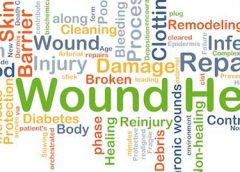
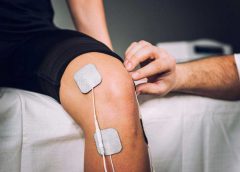

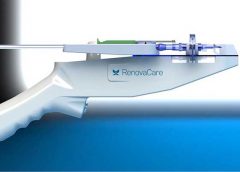


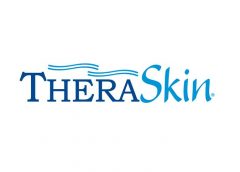
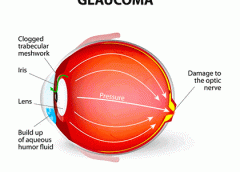
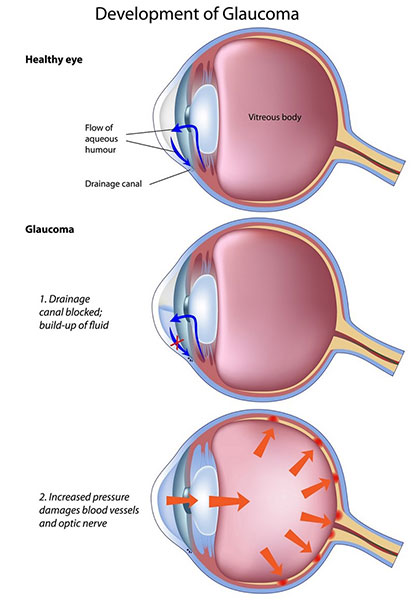 Ophthalmology is a great specialty partly because procedures, devices and drugs constantly evolve, keeping us learning and giving our patients better care. Ask your colleagues in other specialties, and you’ll find that the pace of change in most other medical fields is not nearly as rapid as in ours.
Ophthalmology is a great specialty partly because procedures, devices and drugs constantly evolve, keeping us learning and giving our patients better care. Ask your colleagues in other specialties, and you’ll find that the pace of change in most other medical fields is not nearly as rapid as in ours.